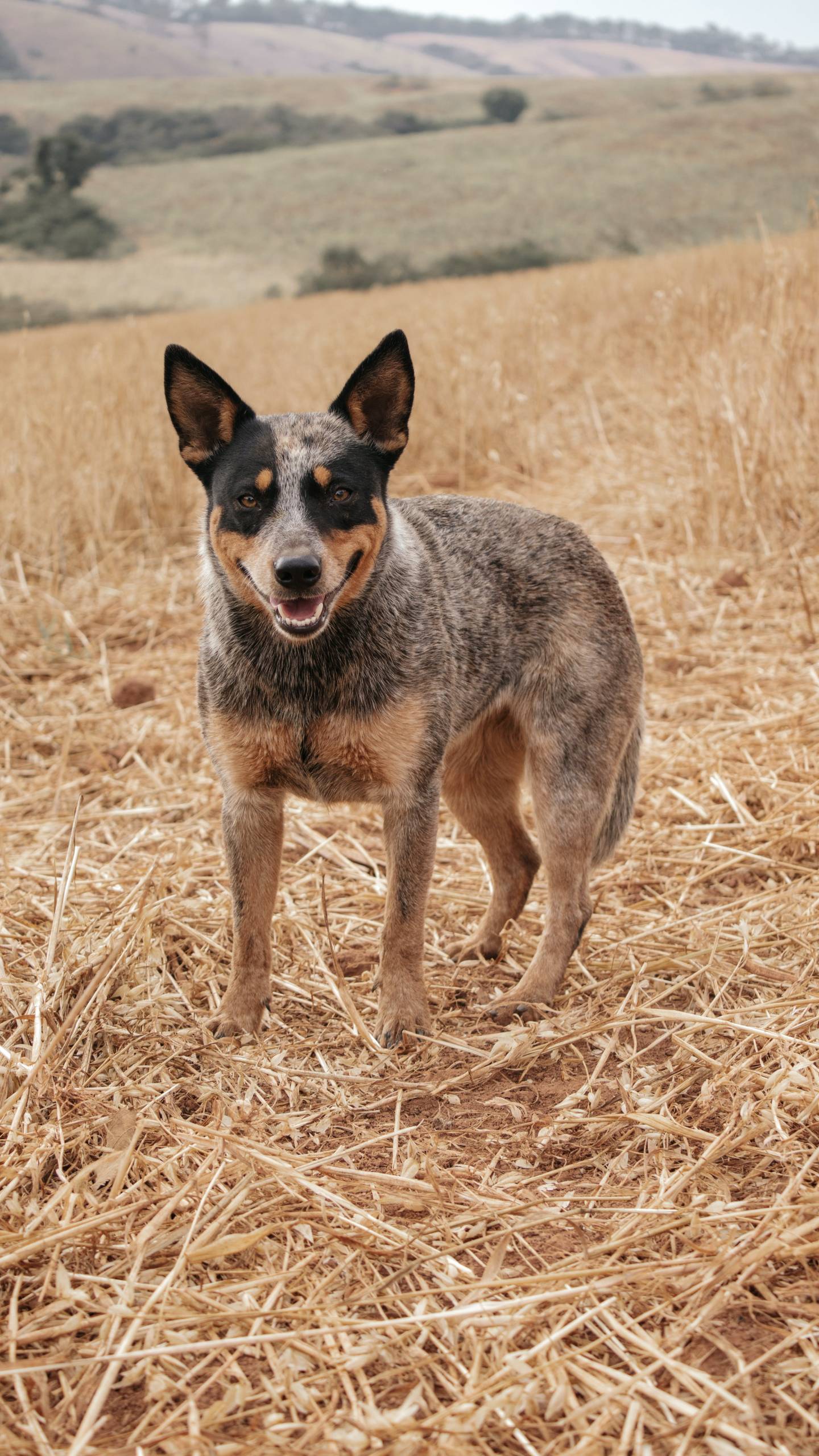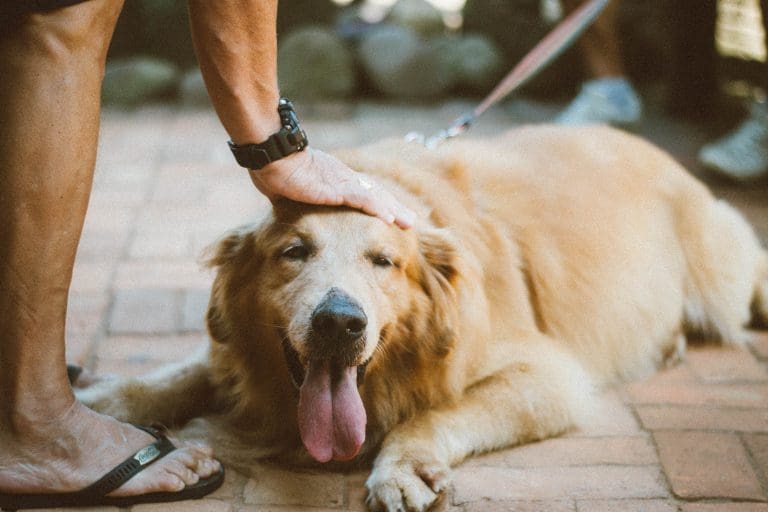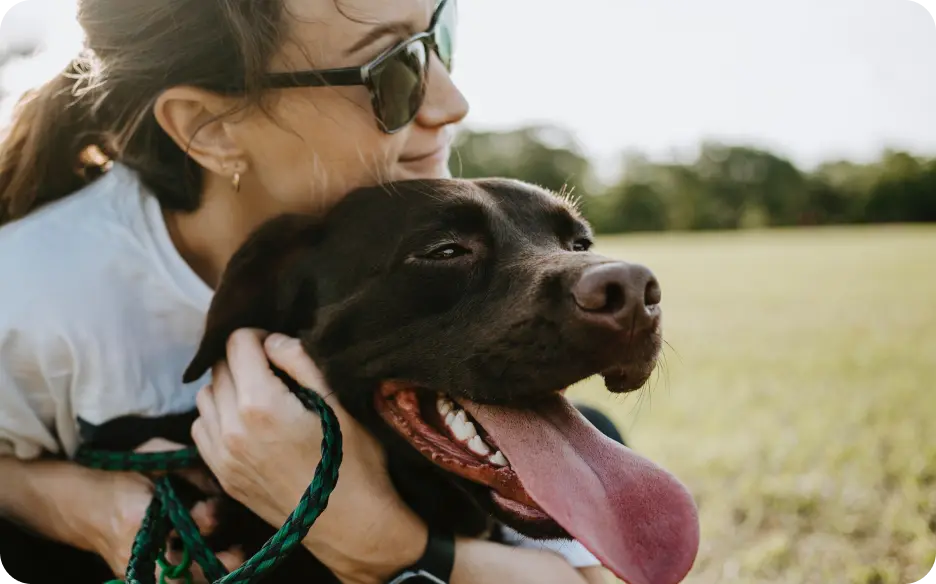How Much Is A Dog X Ray?
Post Date:
December 10, 2024
(Date Last Modified: December 10, 2024)
As a pet owner, prioritizing your dog’s health is essential. When a veterinarian recommends an x-ray, understanding the potential costs can help you prepare for the visit and make informed decisions regarding your pet’s care.
Why X-Rays are Necessary
X-rays are crucial diagnostic tools for identifying health issues that may not be apparent during a physical examination. They can reveal fractures, tumors, infections, and various other conditions. The cost of a dog x-ray generally ranges from $75 to $300, influenced by factors such as the type of x-ray, the clinic’s location, and whether additional tests or treatments are necessary.
Factors Influencing Cost
The price can vary significantly across different regions and clinics. Urban veterinary practices often charge more due to higher operating costs, while smaller towns may offer more competitive pricing. Additionally, if multiple views or specialized imaging techniques are required, the expense may increase. The type of x-ray also matters. A standard x-ray may be less costly compared to more complex procedures like an ultrasound-guided x-ray, which requires advanced technology. The veterinarian’s assessment and the complexity of your dog’s condition can lead to further costs if additional tests are needed.
Veterinary Clinic Policies and Insurance
Veterinary clinics may offer package deals that combine x-rays with other diagnostic tests, potentially lowering overall expenses. It’s advisable to inquire about such options. If you have pet insurance, review your policy to determine coverage for diagnostic imaging. Many plans cover part of the costs, which can ease financial concerns. For those without insurance, exploring financing options for unexpected veterinary expenses may be beneficial.
The X-Ray Procedure
The x-ray process is typically quick and non-invasive for your dog. The veterinarian will position your pet and may need to assist in keeping them still. In some cases, sedation might be necessary, especially if your dog is anxious. While this adds to the cost, it helps ensure accurate imaging and reduces stress for your pet.
After the x-ray, the veterinarian will review the images and discuss the findings. This is a crucial opportunity to ask questions and understand the implications for your dog’s health. Further treatment may be required based on the diagnosis, leading to additional costs.
Follow-Up Care and Long-Term Value
Follow-up x-rays may be recommended to monitor ongoing conditions, which can incur separate charges. Keeping this in mind is essential when planning for your dog’s healthcare. Investing in diagnostic procedures like x-rays can lead to early detection of health issues, resulting in more effective treatment plans and better outcomes. Although the initial cost may seem high, addressing potential problems early can save you both money and stress in the future.
Navigating Veterinary Costs
Many pet owners encounter unexpected veterinary bills. If you’re concerned about the cost of a dog x-ray or other services, communicate openly with your veterinarian. They understand the financial strain of pet care and may offer solutions, such as payment plans or lower-cost alternatives.
Being informed about the costs associated with dog x-rays empowers you to engage more confidently with your veterinarian. It equips you to make decisions that prioritize your pet’s health and well-being. Ultimately, the expense of a dog x-ray is minor compared to the peace of mind and health benefits it provides for your beloved pet. If an x-ray is recommended, view it as a vital step in ensuring your dog’s health and happiness.






